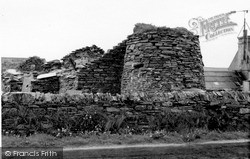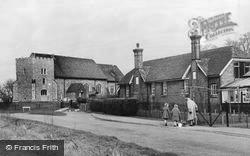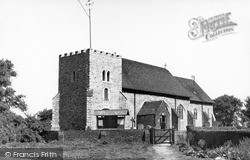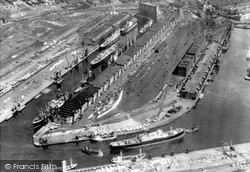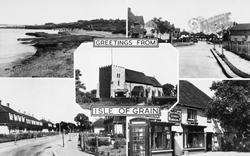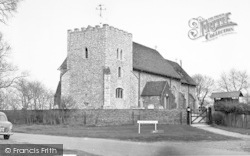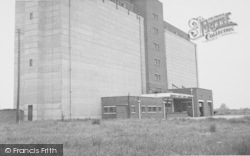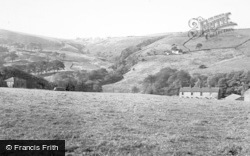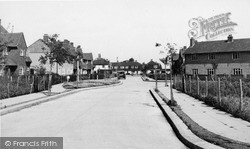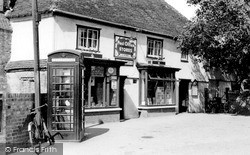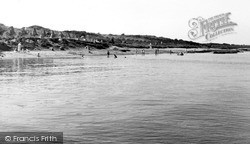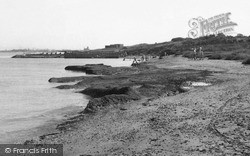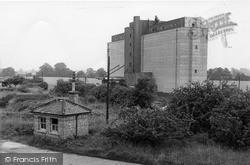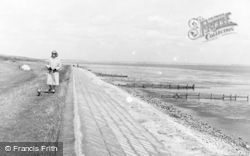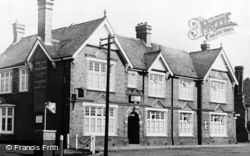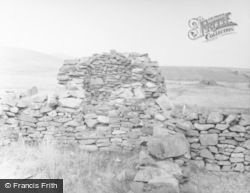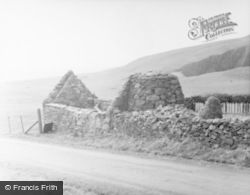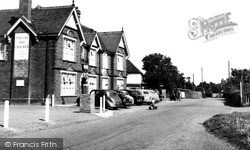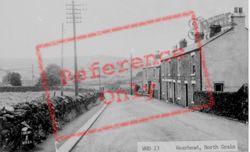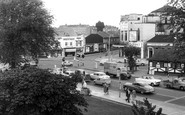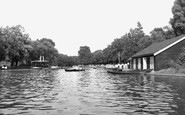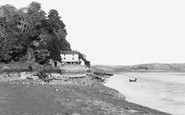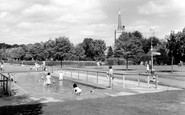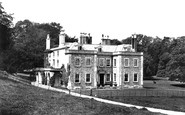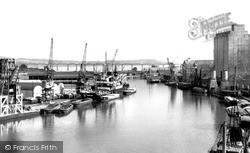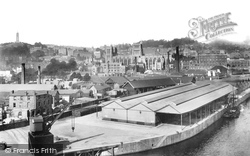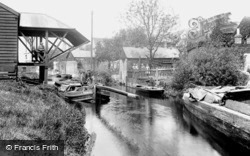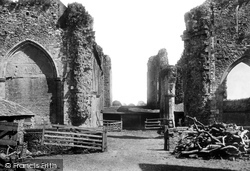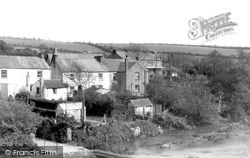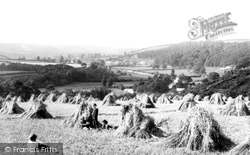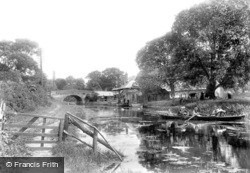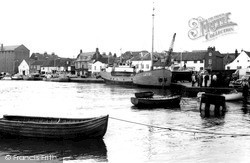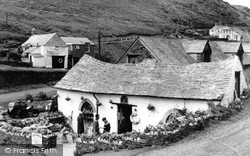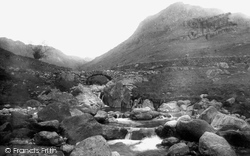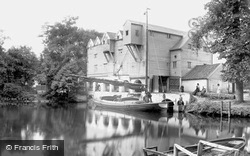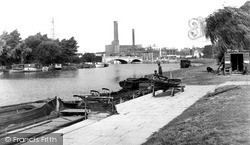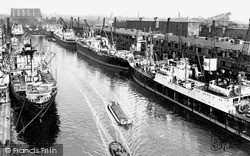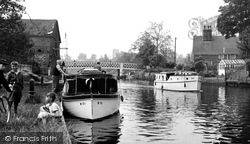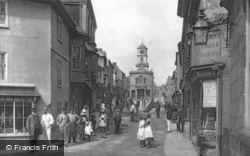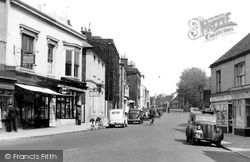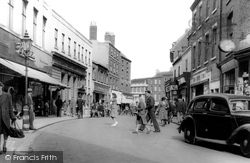Places
3 places found.
Those places high-lighted have photos. All locations may have maps, books and memories.
Photos
21 photos found. Showing results 1 to 20.
Maps
67 maps found.
Books
Sorry, no books were found that related to your search.
Memories
83 memories found. Showing results 1 to 10.
Saturday Morning Pictures
My lasting memory of the majestic cinema was going to Saturday morning pictures: with my sister Linda and all our mates watching Roy Rogers, Hopalong Cassidy, Superman, The 3 Stooges and all the cartoons. I still love Tom ...Read more
A memory of Mitcham by
The Beatty And Us
Like alot of young Kiwis, my wife and I started our OE (Overseas experience) in 1986, and in January 1987 found ourselves in Motspur Park as a result of applying and getting bar jobs at the Earl Beatty pub. Graeme and Marie ...Read more
A memory of Motspur Park in 1987 by
Roding Avenue Barking.
I remember Roding Avenue (No.33) with very fond memories. Those names you have mentioned are still floating about in my brain! I remember the Coronation celebration party well; I was dressed as a pilot. My mum and several ...Read more
A memory of Barking in 1953 by
Holidays In Laugharne
I and my family stayed at the Ferry House, next to the Boat House from 1965 to 1973. The house was then owned by the wife of my dad's boss and we used to be able to go for a fortnight each summer. We used to park our car, ...Read more
A memory of Laugharne in 1965 by
New Farm
I attended Edmondthorpe village school from 1947 to 1953. I live at New Farm with my grandparent Harry and Ethel Gresham. My mother Betty Bratby, nee Gresham, my two brothers Jim and Tim Bratby, uncles John, Harry and Paul. A lodger ...Read more
A memory of Edmondthorpe in 1942 by
Fishing 1965 On The North Forty Drain
We all went to stop on a farm near Landgrick Road in the year 1965 for one week of fishing, we all came from Pinxton and South Normanton, Nottinghamshire and Derbyshire, catching loads of fish, bream, ...Read more
A memory of Brothertoft
Wards And Drains From Killinchy
Family Members Parents Show siblings Hide siblings WILLIAM JAMES Ward 1800 – 1865 Martha McVeigh 1791 – 1865 Spouse & Children Ann Denvir 1811 – HUGH WATSON WARD 1841 – 1885 Martha Ward 1847 – Margret Ward 1850 –
A memory of Douglas Bridge by
Big Toe Stuck In The Drain...Lol
I remember this paddling pool so well, when I was about 8 years old I would be there with my nana {in fact in looks like me in the pic}. She would sit on the bench in the pic and eat her rich tea biscuits. I begged ...Read more
A memory of Newmarket by
Grain Fort
After the war in 1946 my father, a sergeant in the MPSC, was transfered to Darland camp in Gillingham but as there were no married quarters available there we, as a family, were billeted in the Coastguards quarters on the Isle of ...Read more
A memory of Isle of Grain in 1946 by
Growing Up At Coombe Place
My family and I moved to a bungalow at Coombe Place in 1960. My father, Walter Motley, took up the post of farm manager on this 100 acre dairy farm with a herd of Jersey cattle. Coombe Place is set on the side of the South ...Read more
A memory of Offham in 1960 by
Captions
68 captions found. Showing results 1 to 24.
As well as timber, Sharpness handled all manner of grains, linseed, palm kernels, cotton seed, offal grains and ground nuts.
At the head of the dock can be seen the large No 2 grain elevator; later, this was so much trouble to pull down, that it took nearly three months before it was cleared away.
In 1897 the Dominion Line began a weekly scheduled service between Bristol and Canada, with the result that the importation of grain through the docks expanded.
Wallasey Docks became the main grain importing area for Merseyside.
Although the railways were well established by the start of the First World War, barges such as these still did plenty of trade carrying grain and other goods along the Fenland waterways.
Here on the beach at the Isle of Grain smugglers would land their booty to be transported to London.
Of the church, only the Lady Chapel remains as a complete building, a result of its usefulness for storing grain after the Dissolution.
Fitted with labour-saving devices such as steam-powered windlasses and halyard winches, these big ships found employment in the bulk cargo trade; they carried nitrate, coal, grain, guano and timber
The harbour, run by the Gweek Company, was in past centuries busy with ships from Holland, Ireland, Germany and Scandinavia, loading and discharging cargoes of coal, timber, grain and stone
This idyllic scene hides a darker truth: Devon fell prey to an agricultural depression in the 1880s, and grain prices fell, causing thousands of acres of hitherto cultivated land to revert to grazing.
Grains Gill tumbles over a series of cascades beneath Stockley Bridge, near Seathwaite in Borrowdale, with Aaron Crags prominent on Seathwaite Fell in the background.
Vessels plied the waterway carrying grain, coal, malt and farm produce.
Despite the fact that coastal silt deposits have left Wells Quay on a creek over a mile from the open sea, the port was still functioning for the export of locally grown grain in 1965.
Boscastle's slate-built cottages cling to the side of the beautiful valley of the River Valency, an important route inland down which came the slate and grain that were shipped from the harbour.
Grains Gill tumbles over a series of cascades beneath Stockley Bridge, near Seathwaite in Borrowdale, with Aaron Crags prominent on Seathwaite Fell in the background.
In these days, square-rigged trading wherries such as this one plied the Broadland waterways carrying all manner of goods, from grain and flour to coal and timber.
The railway from Heacham to Wells was a lifeline for the export of local grain, vegetables, bricks and shellfish for metropolitan markets.
In the foreground, a paved riverside walkway lined with willow trees nowadays leads up to the Grain Barge Chinese restaurant.
This view looks along No9 Dock looking towards No 2 Grain Elevator.
The vessel moored to buoys against the far bank is probably unloading grain into a Town Mills silo.
We are looking upstream, towards St Michael's Church, from the old quay; until the 1950s, Thames barges delivered grain here to Green's Mill.
This ancient borough and market town is most famous for its fine-grained granite, which was used in the construction of Waterloo Bridge.
In the 18th century it was a port shipping out Hampshire grain in exchange for French wine.
This first one starts on the banks of the River Trent and crosses the grain of the county: the limestone ridge, the chalk Wolds, the flat lands between the hills and the knobbly coastal sand dunes.
Places (3)
Photos (21)
Memories (83)
Books (0)
Maps (67)



